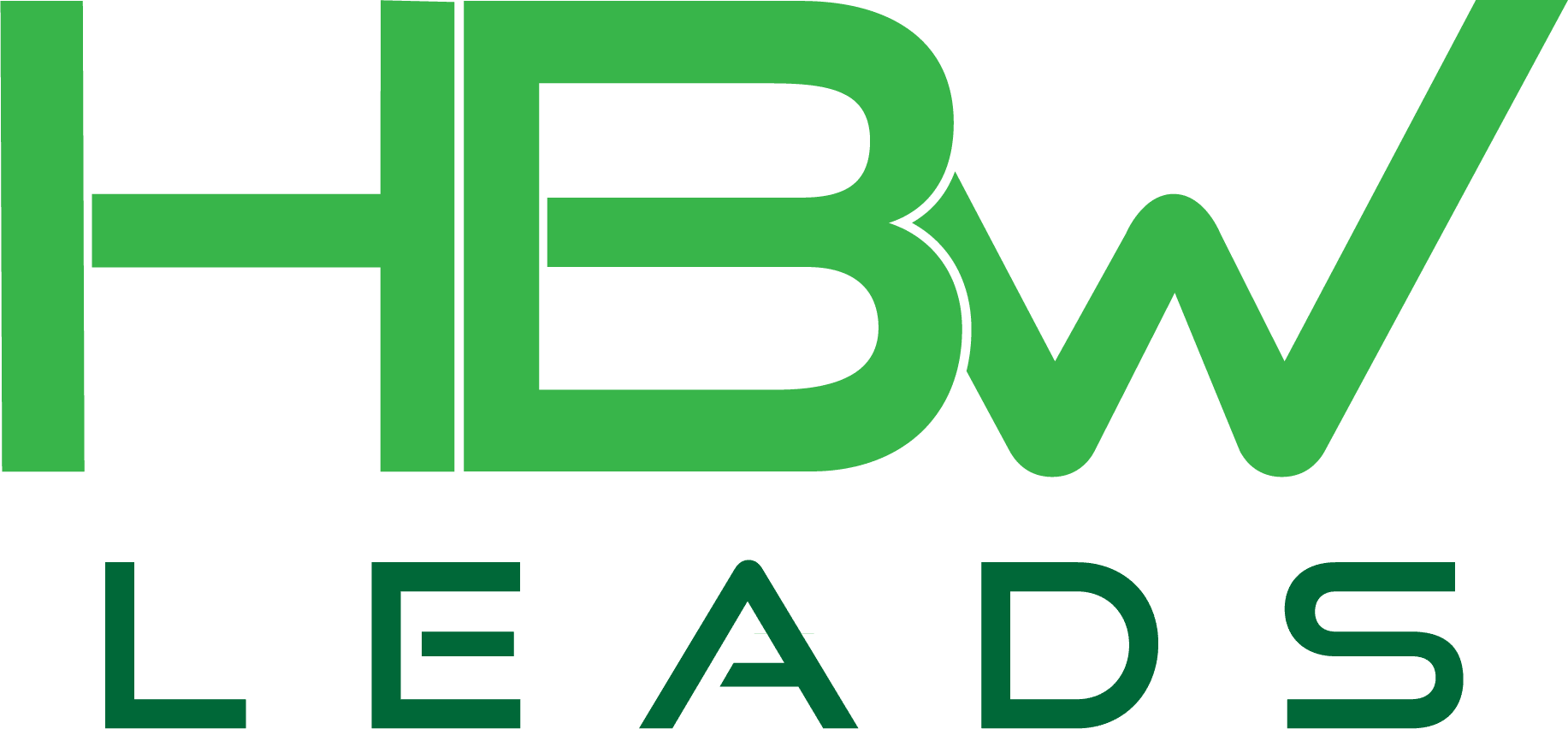Explore 3 lead nurturing examples to identify ways to engage clients at different stages of the buyer’s journey.
The modern consumer demands personalization from companies of all sizes and industries. It’s as true for insurance as it is for clothing, vehicles, or cell phone covers. But to explore the different ways you can engage with prospects, it’s helpful to look at some lead nurturing examples.
The way you approach prospects with policy suggestions, product knowledge, and special offers will change depending on where they are in the buying process. For instance, if you create generic mass emails for all your contacts, you risk losing some of them because the content is irrelevant to them. That means it’s your job to show up for your clients at the right place and time.
When you first meet a prospect, it’s likely not a great idea to start selling right away. Instead, wait for the right moment. Capturing, engaging, and converting leads takes time and effort, making lead nurturing crucial to the sales process.
Lead nurturing means reinforcing relationships with prospective customers at every sales funnel stage, namely awareness, interest, evaluation, engagement, and commitment. With a personalized approach, you can achieve more sales, boost engagement rates, and identify upsell and cross-sell opportunities.
3 Lead nurturing examples you can use today
1. Nurturing cold leads
Cold leads are those individuals or organizations that don’t know about your products or services. It’s not that they don’t need your policies. It’s just that they haven’t found you yet – or you haven’t found them.
For example, prospective homebuyers could be cold leads if you sell home insurance. Of course, even cold leads can still be qualified prospects. When you work with these clients, it’s essential to understand their needs.
Determine any benefits you can offer that would potentially turn them into customers. Share your five-star reviews, your industry awards for excellence, or anything else that highlights your expertise and turns you into the go-to source for insurance. Offer education emails or free consultations to hone their interest in your products.
2. Nurturing warm leads
Unlike cold leads, warm leads are potential clients who have already expressed some interest in your products or services. For instance, a person who attends your seminar and signs up for your mailing list is a warm lead.
Thes individuals are somewhat familiar with your credentials and insurance basics (though it’s always good to check in and verify these things). In all likelihood, these prospects have already done their research about you and your policies.
You can offer them discounted bundles, limited offers, and other incentives. Plus, don’t forget to follow up through calls, emails, or even in person. Sometimes, even if warm leads want to buy a policy from you, the timing might not suit them.
3. Nurturing hot leads
Hot leads are qualified prospects interested in your products. They’re ready to purchase policies. Here are some criteria to identify these clients:
- Level of interest: If your potential clients already understand your product features, you don’t have to sell them too hard. Instead, you can create personalized content addressing any objections they might have, as well as reiterating the benefits of working with you.
- Need fulfillment: Hot leads are aware of what they need and how your offerings match their requirements.
- Purchasing power: A hot lead has both the budget and power to buy from you.
- Clear timeline: Hot leads often have a defined timetable when they want to use your product to solve a problem.
If you’re looking to nurture these leads, it’s much easier than you might think. After all, these leads are further down the sales funnel — they just need a little nudge. These clients are asking you how to take the next step. If they’re looking for the next steps, then they’re ready to move forward and turn from a lead into a paying customer.
When working with hot leads, observe best practices to boost your closing percentage. First, don’t be afraid to ask for a sale. When you’ve done all the work, this part of the sale should be easy enough. You can also create closing scripts and apply value-focused language.
You’ll encounter the real-life version of each of these lead nurturing examples at some point. Just remember that there isn’t always a clear timeline, and prospects can move back and forth in the sales process. The process can take time, energy, and effort. But the results are almost always worth it.
If you want to speed up the buying journey, you can work with an insurance lead provider to fill your pipeline with hot leads.
HBW Leads provides agents with exclusive double-verified leads. All you have to do is close the sale. Get in touch now to reach your goals.


